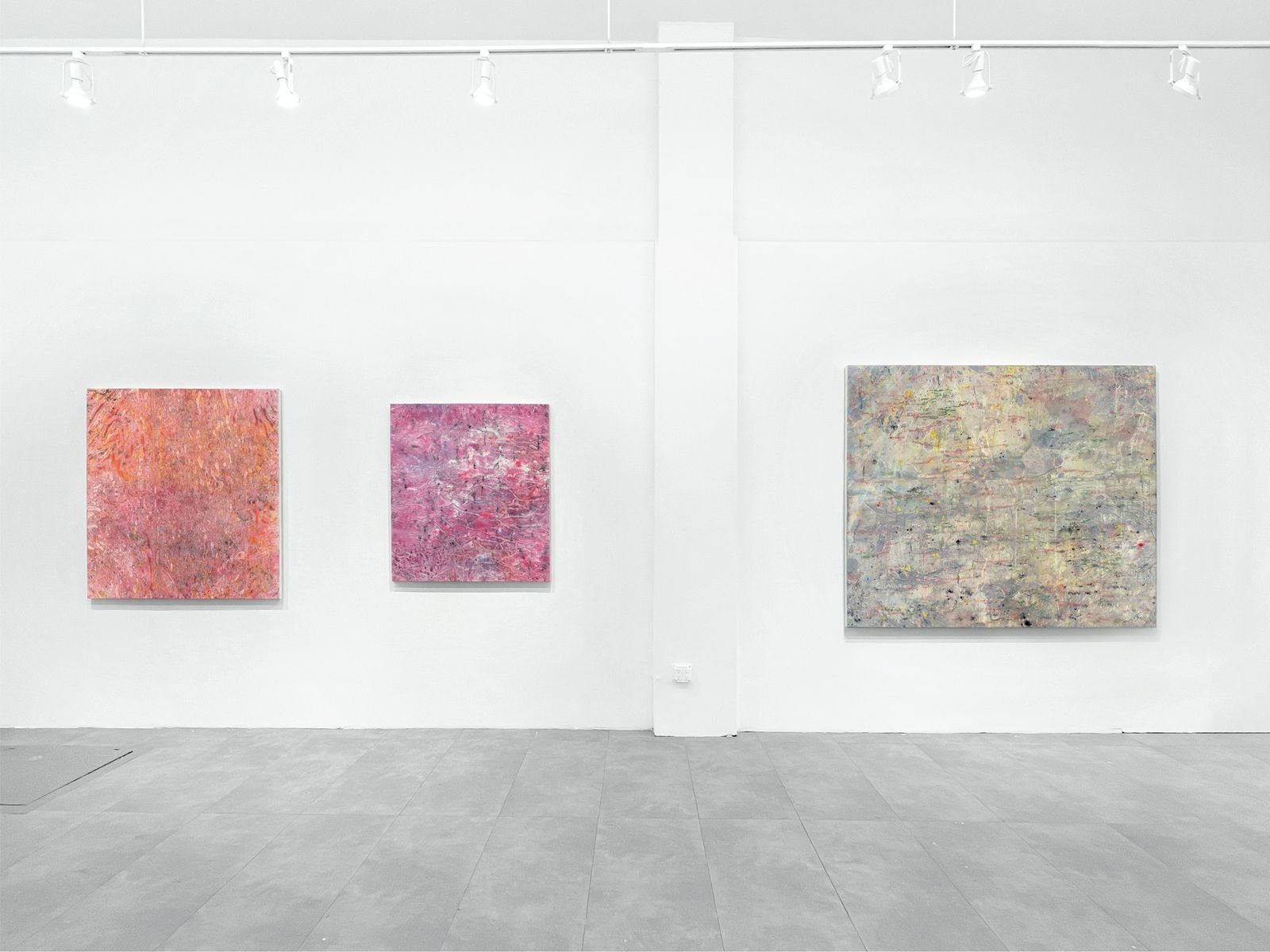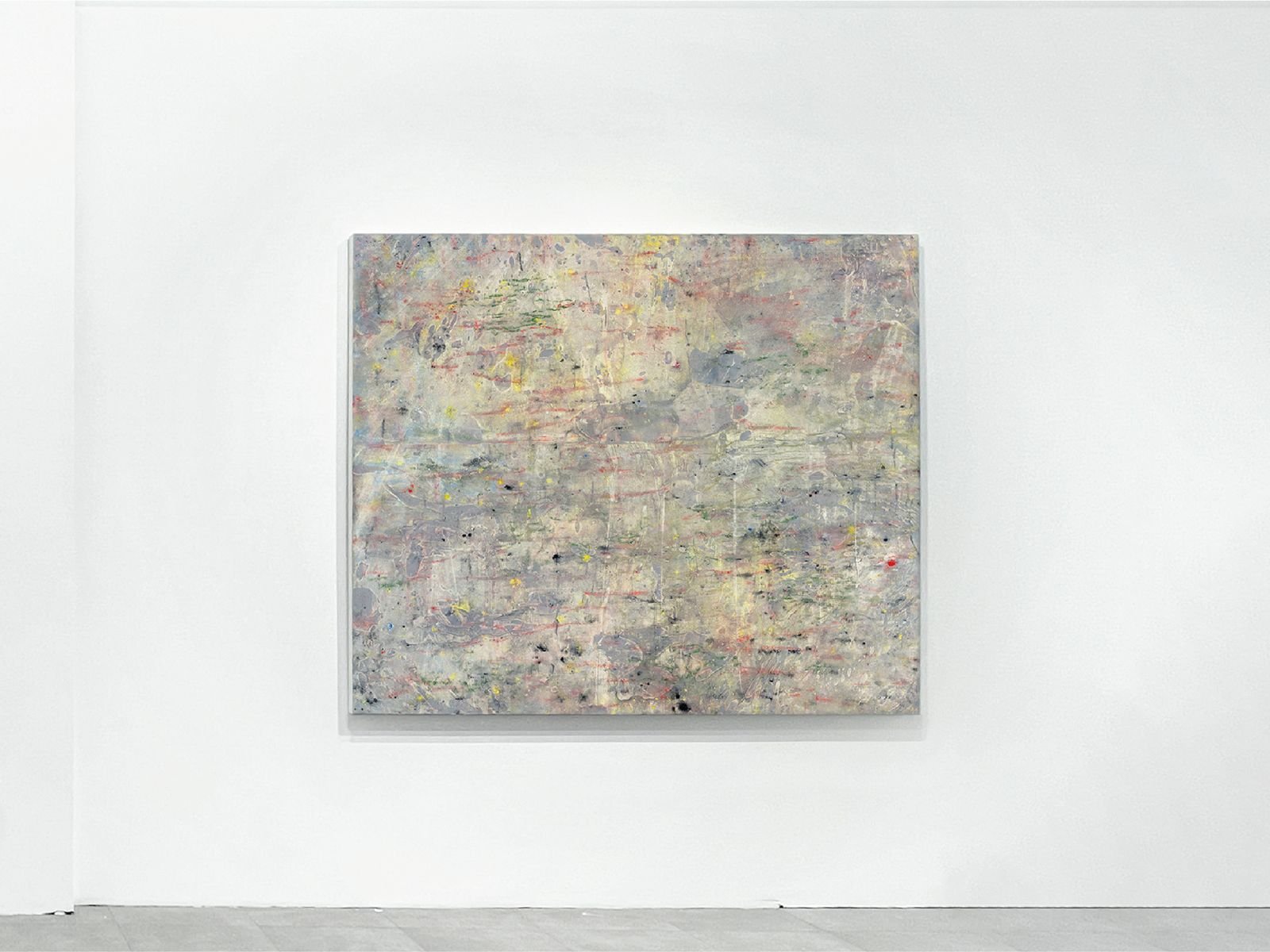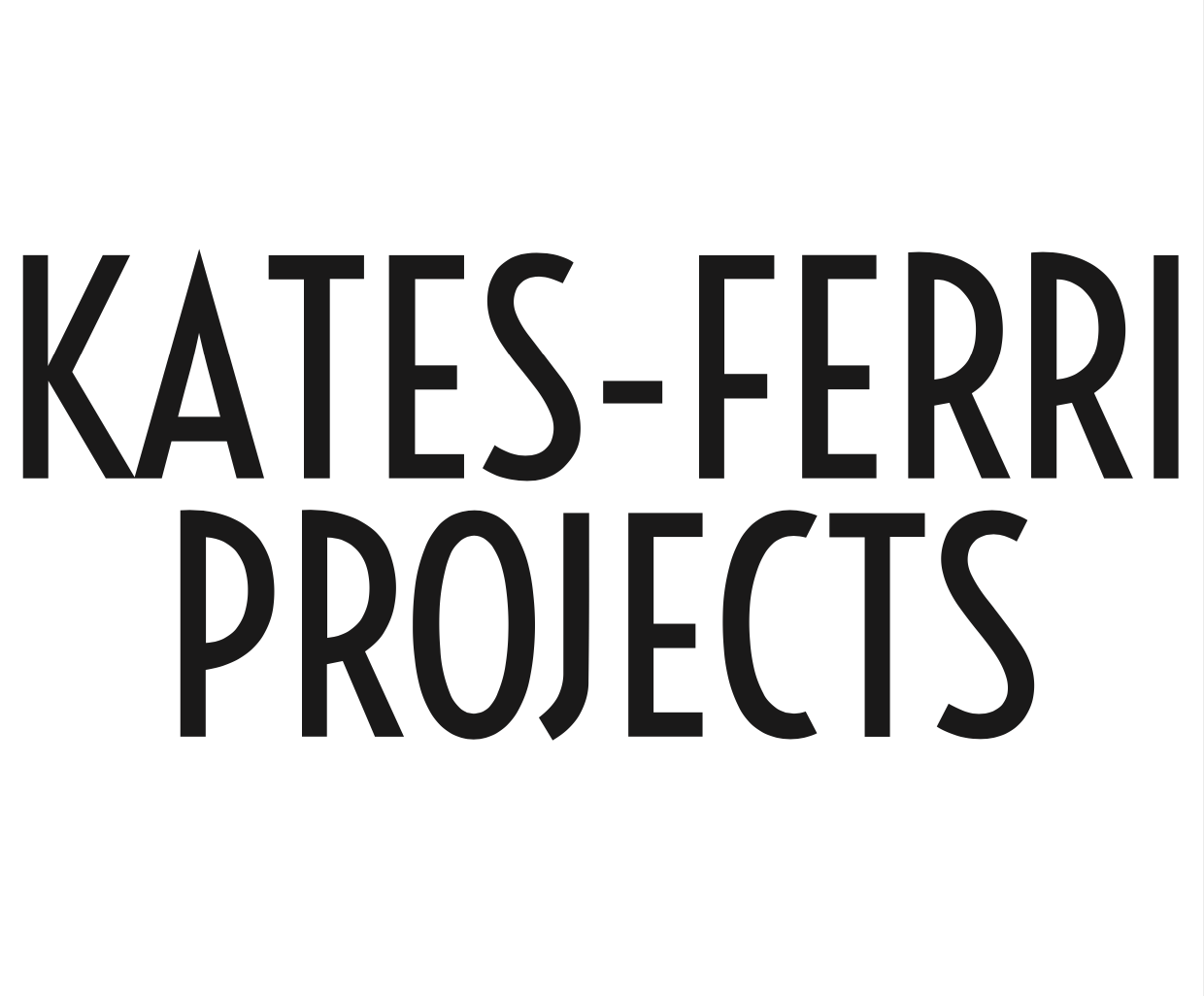#058 The Path of Least Resistance: Martin Pelenur & Martin Touzon
Kates-Ferri Projects 561Grand Street, NYC 10002 November 13 - December 14, 2024









KATES-FERRI PROJECTS is delighted to announce The Path of Least Resistance a duo presentation with artists Martín Touzón and Martín Pelenur on view from November 13 to December 14, 2024, with a reception on Friday, November 15th from 6-8pm at 561 Grand Street, NYC 10002.
Animated by material forces, the paintings of Martín Touzón and Martín Pelenur on view at Kates-Ferri Projects pulse with life. Their chromatic gradients and myriad textures reveal an unstable world where forms seem to emerge from the chance of alchemic accretions. Originating from the Río de la Plata region—Touzón from Buenos Aires and Pelenur from Punta del Este—these artists carry with them the pervasive memory of water and make it an essential aspect of their paintings. Each piece exhibits aqueous transformation, revealing the processes of dissolution and evaporation that miraculously unfold on the painting’s surface, giving rise to abstract compositions. They capture what has vanished or receded and confront the viewer with what remains, highlighting the generative movement essential to their existence. Thus, at the core of their exploration is the idea of painting as a process rather than an object—a medium that can be endlessly reconfigured out of both aesthetic and political necessity to reimagine our relationship with the transient materiality of the world.
In the Bleeding Grids series, Martín Pelenur extends his exploration of systematic compositional methods grounded in wefts and structures with renewed freedom by embracing randomness and the uncontrolled. Using raw wood as his primary material, Pelenur collaborates with its natural features; each wooden panel of the series possesses a unique pattern and curvature, a network emerging from the rhythm of its veins. The painter begins by sketching a grid in pencil to trace the grooves, then emphasizes it with adhesive tape before applying a layer of calligraphy ink. This dense, fluid material seeps deeply into the wood. Once the tape is removed, the ink does not strictly adhere to the grid; instead, it spreads randomly across the surface through capillarity, leaving erratic marks akin to waves or wisps of smoke. Each panel is then mounted on an easel and displayed on a wall, alluding to traditional painting conventions. Here, there is no canvas, brush, or paint in the usual sense. By questioning the standard pictorial format, Pelenur’s work invites viewers to rediscover the picture as a raw, untamed, almost primal encounter.
Building on his earlier conceptual sculptures and installations that explore the economies of artistic production, Martín Touzón exhibits, for the first time, a series focused on a single medium: painting. Titled Dissolution, a term referring to both political maneuvers and material processes, the works radically challenge painting as an institution. Akin to a procedural approach that follows manual instructions, Touzón begins by covering unstretched canvases, placed directly on the floor, with a limited palette made of oil and turpentine of toxic emanations before pressing polycarbonate panels flat against the fabric. Reclaimed from previous office spaces, these translucent boards force the paint’s moisture to escape slowly. Initially fluid, the paint thickens over days, becoming dense and heavy, as if saturated by the passage of time. The removal of the panels reveals random imprints, furrows, and impasto. Layers sometimes overlap, adding new subgrids and exposing mismatched or disjointed wefts. The patterns and forms appear to be born from accidents and chance. In this act of concealment and revelation, the image itself is shaped by the erasures of its contours.
Through these series of operations, Martín Touzón and Martín Pelenur beckon the viewer to the pictorial plane before them, where alchemy quietly occurs; yet, at the same time, they also subvert this irreducible Greenbergian convention by fracturing and dissolving the surface’s cohesion. Touzón blurs the perceptual divide between background and form, while Pelenur disrupts the plane’s integrity, treating the wood panel both as physical support and compositional ground. No longer confined to a flat and static plane, painting emerges as a dynamic field that reveals and confronts the viewer with the formative processes visible on the surface. In Touzón and Pelenur’s hands, the medium becomes a site of transformation, evoking the sense of the English term painting, which is a gerund, an action before being a noun. In doing so, Touzón and Pelenur operate a paradigmatic shift. They desacralize the painting’s conventions and overturn the notions of authorship, pictorial arsenal, and abstract repertoire to expose the repressed, the formless, the accidental, and the uncontrolled. Under their auspices, painting sheds its authority and its symbolic status, unfolding instead as an operative field open to unpredictability and perpetual metamorphosis—fugitive and precarious, as the titles Dissolution and Bleeding remind us, yet resistant, resilient, and relentless.
Text written by: Roxane Ilias
Available Art Work from Exhibition
